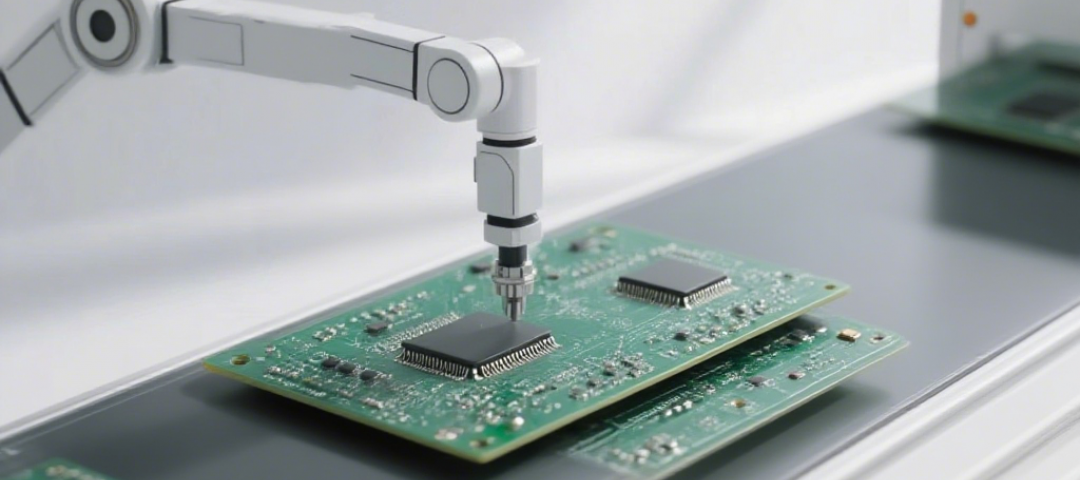The Hidden Lifespan Killer: How Solder Temperature Dictates Your PCBA's Fate
Ever wonder why some electronics seem to chug a

In electronics manufacturing, the PCBA (Printed Circuit Board Assembly) cleaning process directly impacts product longevity and reliability. Faced with increasingly complex assembly residues and stringent environmental regulations, manufacturers often grapple with choosing between water-based and solvent-based cleaning—the two dominant technologies. The following comparison across five critical dimensions provides guidance:
1.Cleaning Performance
Solvent-Based:
Utilizes alcohols, ketones, or hydrocarbons for powerful solvency.
Efficiently removes highly viscous residues like rosin and resins, especially effective for no-clean fluxes.
Remains advantageous in applications demanding extreme cleanliness(e.g., military, aerospace).
Water-Based:
Relies on surfactants and alkaline components acting through wetting, emulsification, and saponification.
Excellent forwater-soluble fluxesand effective against standard rosin-based residues.
May require higher concentrations or enhanced mechanical action (e.g., ultrasonics) forextremely stubborn resin residues.
🌱 2.Environmental & Safety Profile
Water-Based:
Primarily composed of deionized water and surfactants, with minimal additives (e.g., corrosion inhibitors).
Core advantages:Very low or zero VOC (Volatile Organic Compounds), non-flammable, safer operating environment.
Easier compliance with regulations like RoHS and REACH.
Wastewater treatment simpler (though COD/BOD levels require attention).
Solvent-Based:
Typically containshigh VOC levels, posing flammability/explosion risks (requires explosion-proof equipment and strong ventilation).
Some traditional solvents (e.g., CFCs, certain halogenated hydrocarbons) are restricted/banned due to ozone depletion or toxicity.
High costs for solvent usage and specialized waste disposal (recycling or incineration).
💰 3.Economic Considerations
Solvent-Based:
Equipment (e.g., vapor degreasers, small enclosed spray units) often haslower initial investment.
Fast cleaning cycles and easy drying (rapid solvent evaporation).
High solvent consumption costs, with rising and ongoing expenses for VOC emission control and regulatory compliance.
Water-Based:
Equipment (e.g., inline spray or ultrasonic lines) is generallymore complex with a higher upfront cost(requires DI water system, multi-stage rinsing, efficient hot-air drying).
Significant water consumption necessitates water treatment infrastructure.
Lower cost per unit of cleaning chemistry, with potentially lower long-term operational costs (especially regarding environmental compliance).
🧰 4.Process Compatibility & Requirements
Water-Based Process:
Sequence:Pre-wash, main wash, multiple DI water rinses, thorough drying.
Critical to assess potentialcorrosion riskfrom cleaner pH on metals (e.g., aluminum capacitor housings); corrosion-inhibited formulations are essential.
Component sealing integrity and label water resistance must be verified.
Solvent-Based Process:
Typically simpler sequence (e.g., wash-rinse-dry or vapor phase), with rapid drying.
Rigorous compatibility testing with plastics, labels, coatings, and sealants is paramount to prevent swelling, dissolution, or cracking.
Potential solvent residue impact on downstream processes (e.g.,conformal coating) must be evaluated.
🚀 5.Industry Trends & Selection Guidance
Prevailing Trend:Stricter global environmental regulations drive water-based technologyas the dominant direction. Performance of equipment and chemistries continues to improve, expanding applicability.Newer, environmentally compliant solvents(e.g., modified alcohols, HFE/HFC) are used in niche applications but at higher costs.
Selection Decision Tree:
Extremely stubborn residues or ultra-high cleanliness requirements?→ Prioritize high-performance solvent-based or newer compliant solvents.
Primarily using water-soluble fluxes or standard no-clean fluxes?→Water-based cleaning is the more environmentally sustainable mainstream choice.
Prioritizing environmental compliance and long-term operational costs?→ Water-based advantages are significant.
Limited initial capital budget?→ Solvent-based may be viable for small-scale production (but calculate long-term environmental costs); water-based often offers better total cost of ownership (TCO) for larger scales.
Components/materials sensitive to water or specific solvents?→Mandatory rigorous compatibility testing– this can be the decisive factor.
📌Key Conclusion
The optimal choice hinges on "suitability," not "absolute superiority."Water-based cleaning, with its superior environmental profile, safety, and maturing performance, is the preferred and future-oriented choice for modern electronics manufacturing.However,high-performance solvents (especially newer compliant types) retain critical valuefor tackling uniquely difficult residues or specific compatibility constraints. Before finalizing a decision,conduct small-batch validationand a comprehensiveTotal Cost of Ownership (TCO) analysisto ensure the process aligns perfectly with product requirements, environmental responsibility, and regulatory mandates. Detailed comparative data and process validation are the cornerstones of successful selection. 💡